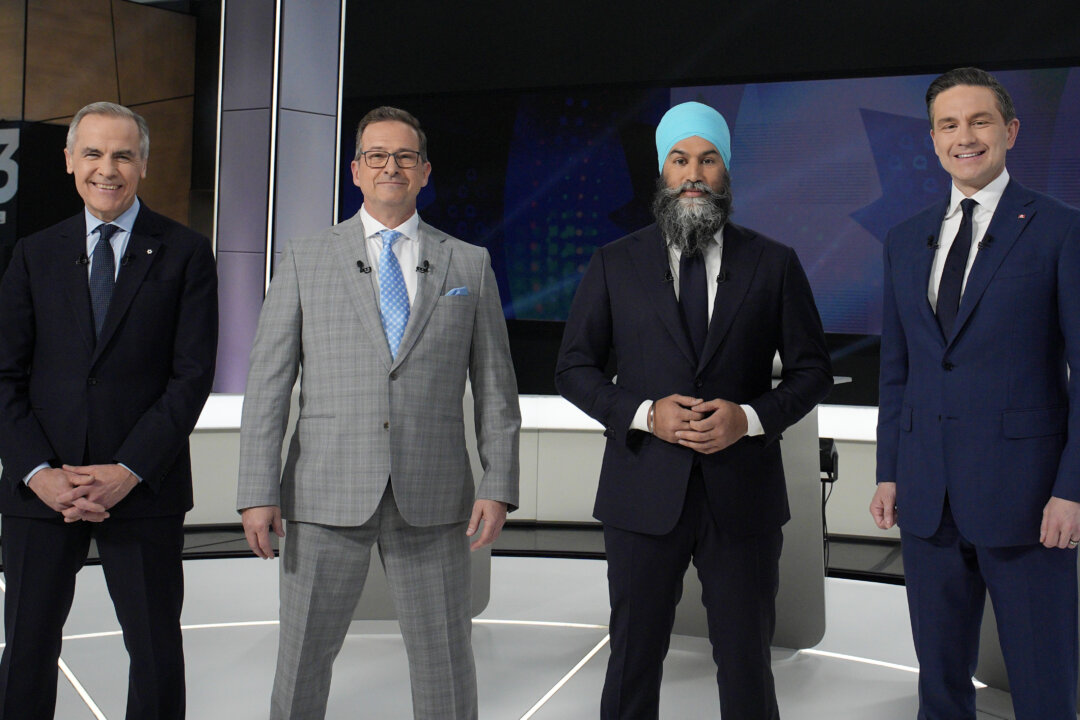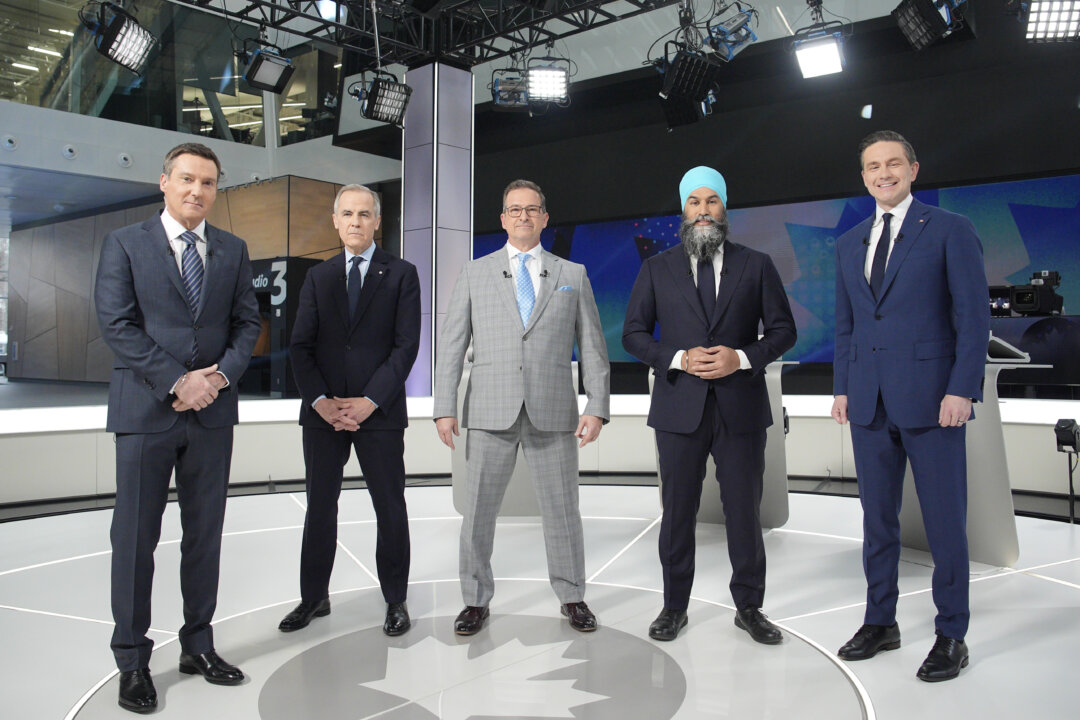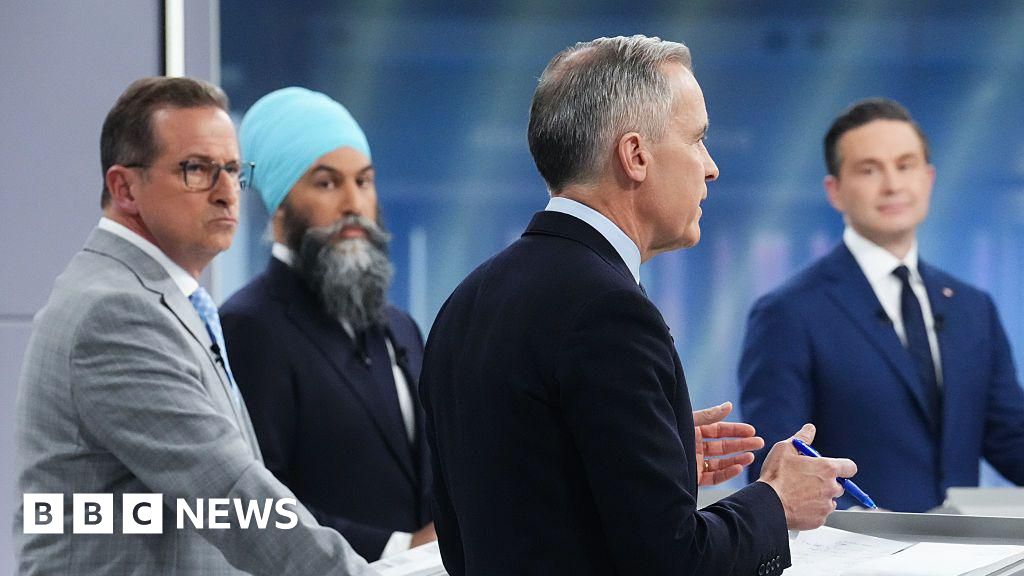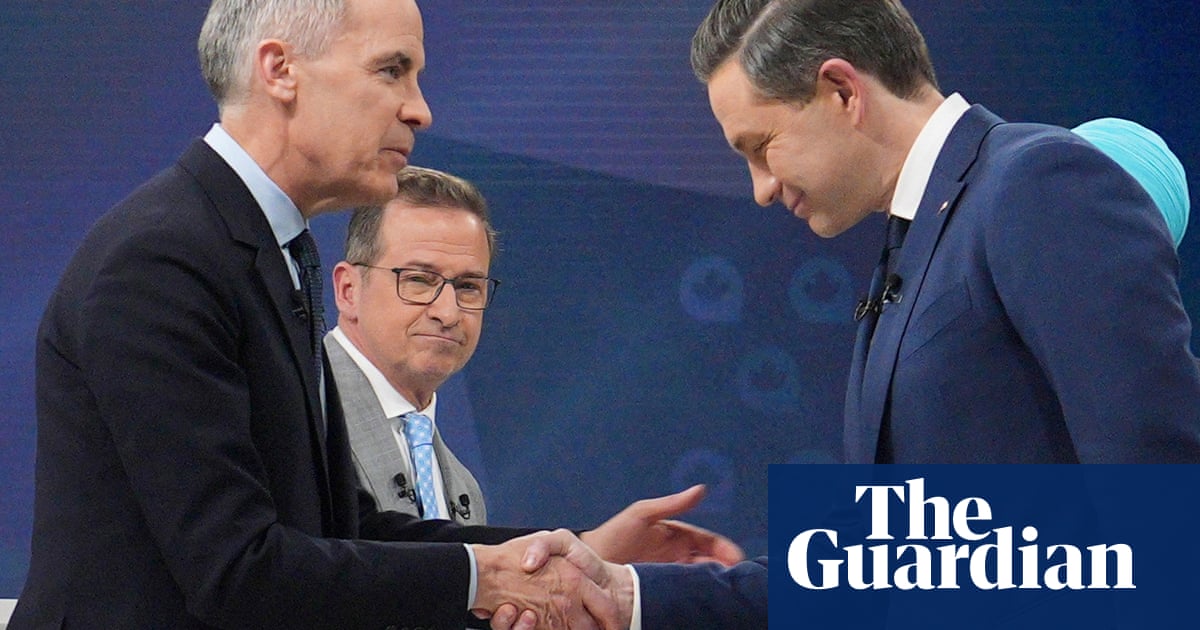Tensions Rise in Canadian Election Debate Ahead of April 28 Vote
Canada's leaders address Trump policies, tariffs, and housing in a key election debate ahead of the April 28 elections.
Overview
In a pivotal French-language debate on April 16, Prime Minister Mark Carney and other party leaders confronted U.S. President Donald Trump's tariffs, critical to the Canadian elections. Carney's French language skills were notably weaker, raising challenges as he navigated attacks linking him to Trudeau's Liberal legacy. Conservative leader Pierre Poilievre argued for a change, highlighting the need to strengthen Canada amid Trump's threats. A second English debate is set for April 17, coming just before the April 28 elections, where key issues include housing, economic policies, and immigration.
Report issue

Read both sides in 5 minutes each day
Analysis
- Mark Carney emphasizes the importance of addressing U.S. President Trump's influence in the Canadian election, suggesting that economic growth and housing development should be prioritized.
- Pierre Poilievre criticizes Carney for lacking real change, claiming he is similar to former Prime Minister Justin Trudeau and urging voters to reject Liberal leadership.
- Polling data shows a shift in public opinion, with the Liberals gaining ground after previously trailing, highlighting the dynamic nature of Canadian electoral politics.
Articles (6)
Center (2)
FAQ
The Green Party was disinvited after failing to meet the requirement of running candidates in at least 90% of federal ridings, dropping below the threshold when they reduced their candidates.
Poilievre softened his typically aggressive tone, smiling more and focusing on a personable approach to appeal to Quebecers uncomfortable with his previous rhetoric.
Both leaders supported new oil/gas pipelines and resource development, while Poilievre proposed tax cuts and a 'Canada First' economic plan, and Carney emphasized crisis management amid Trump's trade threats.
Poverty reduction strategies, including expanding the Canada Child Benefit and proposals for a guaranteed basic income, were highlighted alongside housing crises and food insecurity.
With approximately one-third of Canadians undecided, leaders aimed to establish trust on economic management and social policies, though no decisive performance was seen as immediately game-changing.
History
- 6M

 3 articles
3 articles




